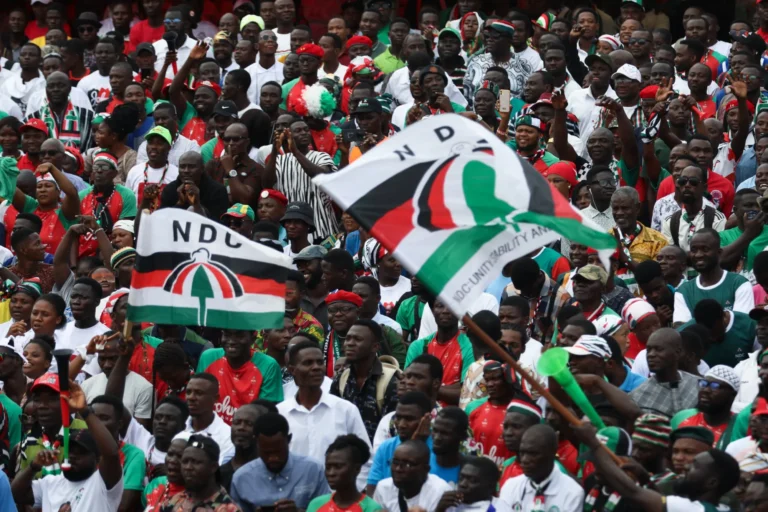
list of Africa's smartest cities in 2023
The core of a smart city is a network of sensors and devices that collect and process data in real time. These devices connect to the Internet and communicate with one another using Internet of Things (IoT) technology. The processing of the data gathered by these sensors by artificial intelligence (AI) algorithms that can recognize patterns and trends enables the optimization of numerous city services.
Some cities more than others are using cutting-edge technological solutions to socioeconomic and political problems. The International Institute for Management and Development keeps track of the world’s smartest cities as a result, and each year it publishes a ranking based on its formula for creating the IMD Smart City Index.
The IMD Smart City Index measures how citizens view the buildings and technological applications that are available to them in each city. By gathering the opinions of 120 locals in each location, the SCI this edition rates 141 towns globally. The perceptions from the last three survey years are used to calculate each city’s final score, with a weight of 3:2:1 for 2023:2021:2020.
Residents’ opinions are sought for two pillars: the structures pillar, which refers to the city’ current infrastructure, and the technology pillar, which describes the technological amenities and services accessible to locals.
Each pillar is assessed in five critical domains: mobility, activities, opportunities, governance, and health and safety. Based on the cities’ respective Human Development Index (HDI) scores from the Global Data Lab, the cities are divided into four groups.







1 thought on “list of Africa’s smartest cities in 2023”